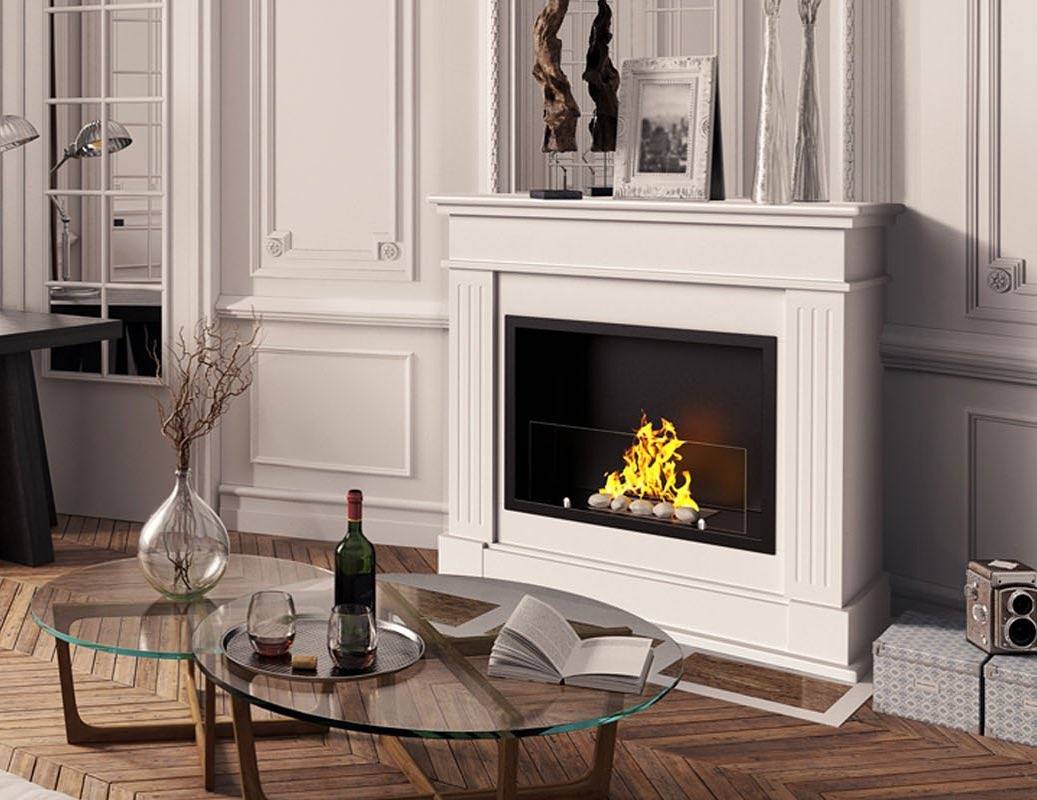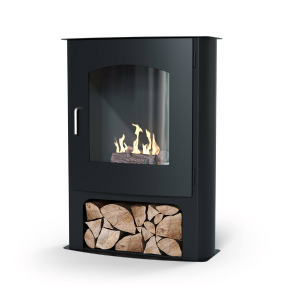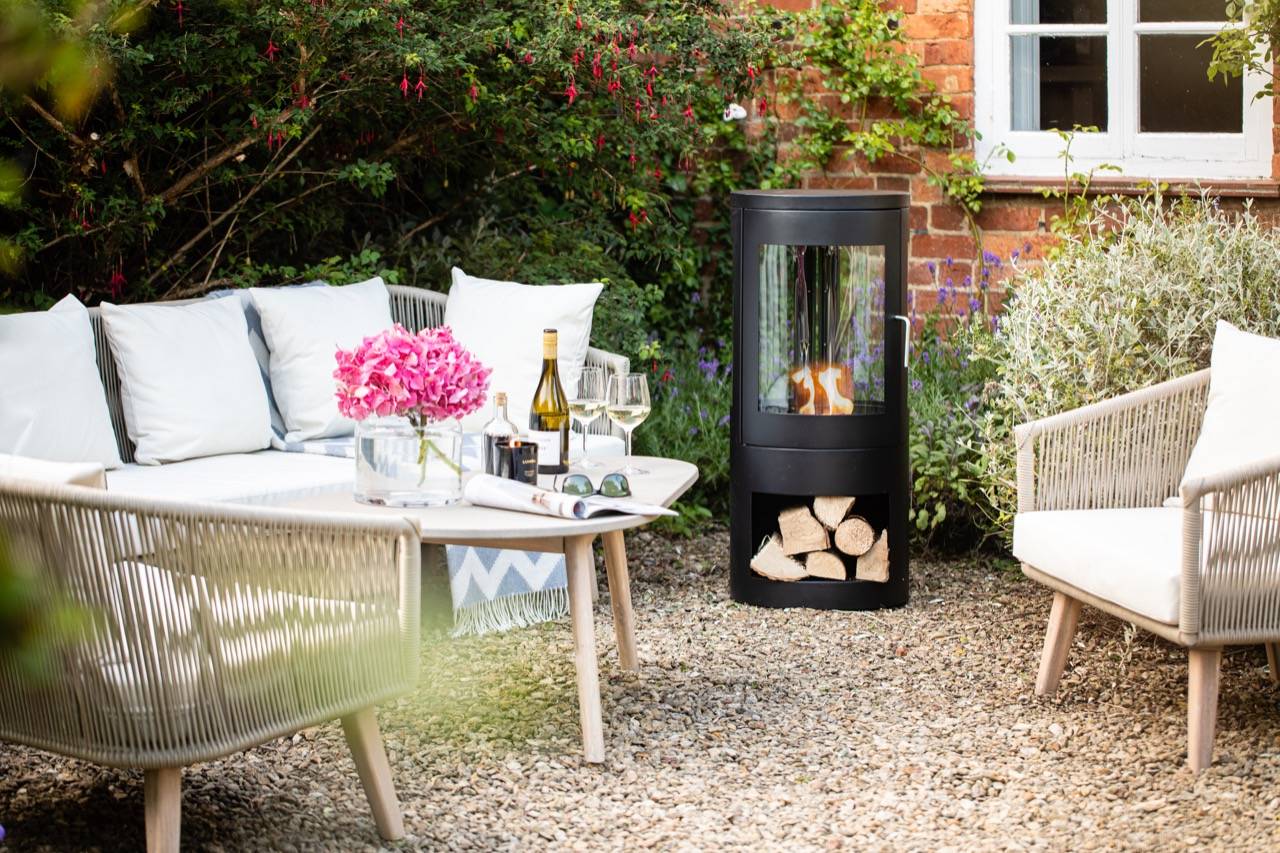
Smokeless Fuel for Your Fire: What It Is and Why You Need It

10% off on our Bioethanol Fireplaces. Subscribe Today!

If you’re considering investing in a new fireplace, you may be a little confused about the array of different varieties on offer. Whilst traditional woodburning fireplaces are still available, the adoption of cutting-edge, more ecologically friendly options is increasingly becoming the norm. From biofires to gas burning stoves, homeowners are rejecting traditional fireplaces at an unprecedented rate.

If you’re wondering why this is the case, it has everything to do with the detrimental effects woodburning stoves can have on health and the environment. The air pollution created by burning fuels including coal and wet wood has been a point of public interest for decades. In 1956, the Clean Air Act was introduced in a bid to handle the smog in London, which appeared to be responsible for a whole host of respiratory problems for people in the area. Since then, plenty of scientific research has been conducted into the effects of air pollution.
Research into particulate matter (PM) has had a particularly profound effect on the burning of certain fuels in the home. PM is essentially an airborne substance made up of solid and liquid particles that are produced by burning wood and through various operations involved in industrial work. It can be harmful to the environment and to human health and has been linked to a range of nasty diseases and conditions including lung disease, bronchitis, heart attacks, worsened asthma, and even chronic conditions such as diabetes and cancer.
The more we learn about PM, the clearer it becomes that we must find new ways to curb the burning of dangerous fuels and protect the health of the public. For example, the Clean Air Act was most recently amended in 2019, when the government placed a number of stringent restrictions on the use of woodburning stoves in the home. As a result, the public is actively being encouraged to opt for cleaner forms of fuel to heat their homes and add a touch of rural cosiness to their living rooms. So, what are these cleaner options and where can they be found?
What is smokeless fuel and why is it preferable to traditional coal or wood?
Smokeless fuel is a kind of fuel which does not emit any visible smoke or only emits negligible amounts of smoke during combustion. The primary sources of smokeless fuel include biofuel and natural gas, although electricity is also considered a smokeless fuel as it can be used to operate certain kinds of modern fireplaces.
It is thought that smokeless fuel will soon completely replace the traditional types of fuel used in fireplaces. This should come as no surprise when one learns that bans on the burning of certain fuels have resulted in fewer deaths caused by respiratory failure in certain areas. On top of this, homeowners who use smokeless fuel often report that their home smells fresher than those which use woodburning stoves.
What are the different smokeless fuel types and what is smokeless fuel made from?
Smokeless fuels can come in a solid or a liquid form. The type of smokeless fuel that you opt for will depend on the make and model of fireplaces that you have invested in for your home.
Smokeless coals
Some modern fireplaces are made to burn smokeless coal. These look much like traditional fireplaces and can handle a range of different kinds of fuel. Smokeless fuels that can be used in these kinds of fireplaces include anthracite, maxibrite, taybrite, sunbrite, and mixed ovals. Although smokeless coals may sound like a good option if you’re looking to recreate a cosy, traditional feel in your home, it should also be noted that they still produce more carbon dioxide than biofuel or natural gas.
Biofuel
Biofuel is what is used to light bioethanol fireplaces. It is made using waste products from the agricultural industry, so it is very eco-friendly and produces only minimal amounts of carbon dioxide. It is also relatively inexpensive and many biofuel providers, including ImaginFires, offer scented options to make your home smell delicious whilst the fireplace is burning. Although biofuel should be handled with care, it is relatively safe to use and very easy to remove from household surfaces.

Natural gas
Gas fires can be fuelled using natural gas, primarily made up of methane. It is a relatively cost-effective fuel that can produce a nice, roaring flame. However, homeowners must take into account the fact that natural gas is not a renewable form of energy and still contributes to global emissions. It is also slightly more dangerous than biofuel thanks to the small but very real chance of gas explosions.
How to light a smokeless fuel fire?
The lighting techniques involved with operating a fireplace that uses smokeless fuel vary depending on the type of fuel used. It is safe to say, however, that it is very easy to light all forms of fuel with a little practice.
Smokeless coals
These are lit in much the same way as a coal-operated fire. Simply arrange your coals on the hearth, clear the grate, and sweep the chimney. You can then use all of the necessary equipment, including a long lighter, to ignite the fuel.
Gas fires
Lighting a gas fire is very easy and usually includes a few clicks of a button. Some modern models even come with remote controls.
Biofires
Bioethanol fireplaces come with a special burner into which fuel can be poured. When you have filled the burner up to the desired level (remember, however, not to fill it to the brim), you can light the fuel with a long lighter and use the sliding lid to set the strength of the flame.
Give biofuel a try today
At ImaginFires, we’re confident that biofuel is one of the best fuels for domestic use available on the market. Customers who shop with us can rest assured that any fumes from smokeless fuel sources are minimal and will not leave your home smelling like a bonfire.





Leave A Reply
Your email address will not be published.